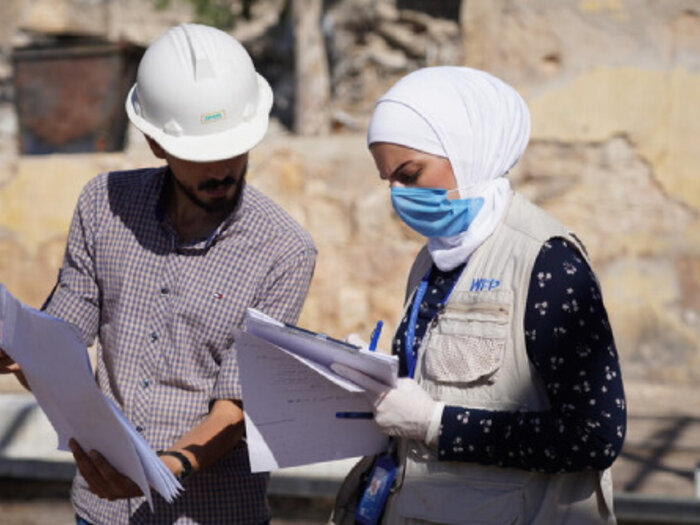Infrastructure is a key component in the fight against hunger. The World Food Programme (WFP)’s ’Building for a Sustainable Future’ vision embodies a belief that bold infrastructure paves the way for reaching global humanitarian objectives and ensures a better future for the people we serve.
Our engineering work bridges the divide between humanitarian and development activities. Whether stemming from an emergency or the request of a government for technical assistance, an investment in infrastructure is an investment in a country’s recovery, resilience and long-term food security.
Globally, there are approximately 200 WFP engineers, architects and technicians working in 45 countries on projects valued at over US$100 million in total. These projects connect communities to markets, provide easier access to food and lower the risk of devastating food insecurity.
What we build
-
Access and logistics infrastructure
-
This includes building or rehabilitating roads, bridges, airstrips, shipping ports, storage facilities, humanitarian camps for UN workers, and modular bridges to secure access to food and non-food items.
-
Community infrastructure projects
-
These have included, among others: solar panels installation; school kitchens and community canteens; food distribution centres; market stalls, shops and bakeries for local traders; agricultural food production and irrigation schemes; water preservation and culverts for water diversion.
-
Safe and secure facilities
-
This includes the upgrading of WFP offices and warehouses, as well as activities such as refugee camp design, construction and maintenance. Since 2017, WFP Engineering has been supporting infrastructure in refugee camps in Cox’s Bazar, where 863,000 Rohingya refugees receive monthly assistance from the organization.

